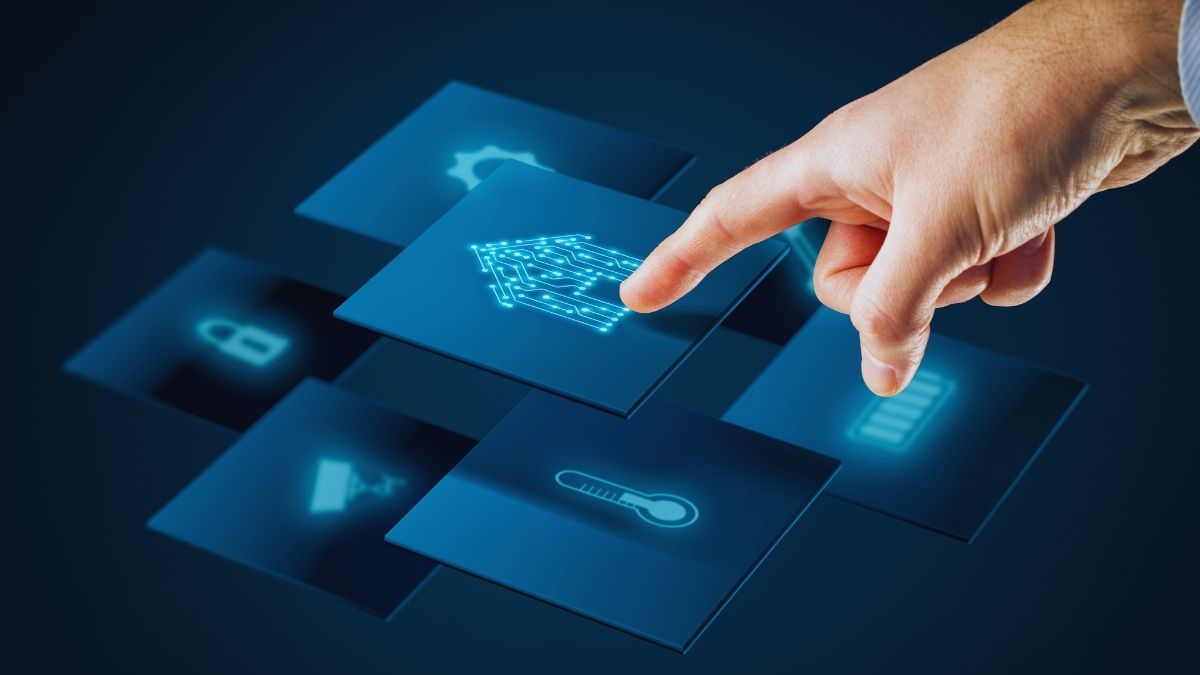Last Updated on May 10, 2025 by Kravelv Spiegel
The modern home is no longer just a place to unwind — it’s a dynamic hub that blends technology, design, and everyday convenience. As smart technology becomes increasingly accessible, homeowners are moving beyond simple devices like video doorbells and thermostats. Today, entire homes are being designed around intelligent systems that respond to our needs, streamline tasks, and elevate daily living.
The Rise of Smart Living
Tech-integrated homes are transforming the way people live by enhancing functionality, comfort, and energy efficiency. From lighting and heating to security and entertainment, every aspect of the home can be optimized. Voice-activated assistants manage schedules and control devices. Motion-sensing lights adjust to occupancy. Smart blinds adapt to sunlight levels. Even kitchen appliances now come equipped with AI to make cooking more intuitive and less time-consuming.
These upgrades not only make life easier but also support sustainable living. Smart thermostats, for instance, can learn your routine and adjust temperatures to save energy when you’re away. Similarly, intelligent irrigation systems can water your garden based on real-time weather data, conserving water while keeping your landscape vibrant.
Design and Technology in Harmony
The seamless blend of aesthetics and innovation sets tech-integrated homes apart from the first wave of smart gadgets. Designers are now working closely with technologists to ensure that the smart elements enhance a home’s visual appeal rather than detract from it. Sleek, touch-sensitive panels replace bulky switches. Hidden wiring and flush-mounted speakers ensure that every room remains elegant, not cluttered.
This harmonious integration ensures that the home’s personality isn’t lost in a sea of devices. Instead, style and technology co-exist to create spaces that are as beautiful as they are functional. Thoughtful lighting schemes, invisible sound systems, and automated climate control are all designed to fade into the background, allowing architecture and décor to take center stage.
Midway through your journey into smart living, it’s important to work with professionals who understand how to merge design with tech. One standout in this field is Design Innovation, a company specializing in creating bespoke interiors where technology complements design rather than competes with.
What’s Next in the Smart Home Evolution?
As artificial intelligence continues to evolve, the future of tech-integrated homes looks even more exciting. Predictive technology will anticipate your preferences before you speak. Smart mirrors might offer health insights. And whole-home systems will communicate with each other to create fluid, personalized environments tailored to your mood, habits, and schedule.
Moreover, with remote work becoming a fixture in many lives, home offices are being reimagined as high-tech, ergonomic spaces that boost productivity and well-being. Tech integration will continue to play a major role here, from soundproofing solutions and adaptive lighting to virtual meeting rooms built into the home’s layout.
Conclusion
Tech-integrated homes represent a new standard of living where beauty, efficiency, and intelligence are in perfect sync. By thoughtfully blending cutting-edge features with timeless design, these homes promise convenience and a lifestyle transformation. Whether you’re building new or upgrading an existing space, embracing this fusion of style and smart living is a step toward a more comfortable, connected future.

